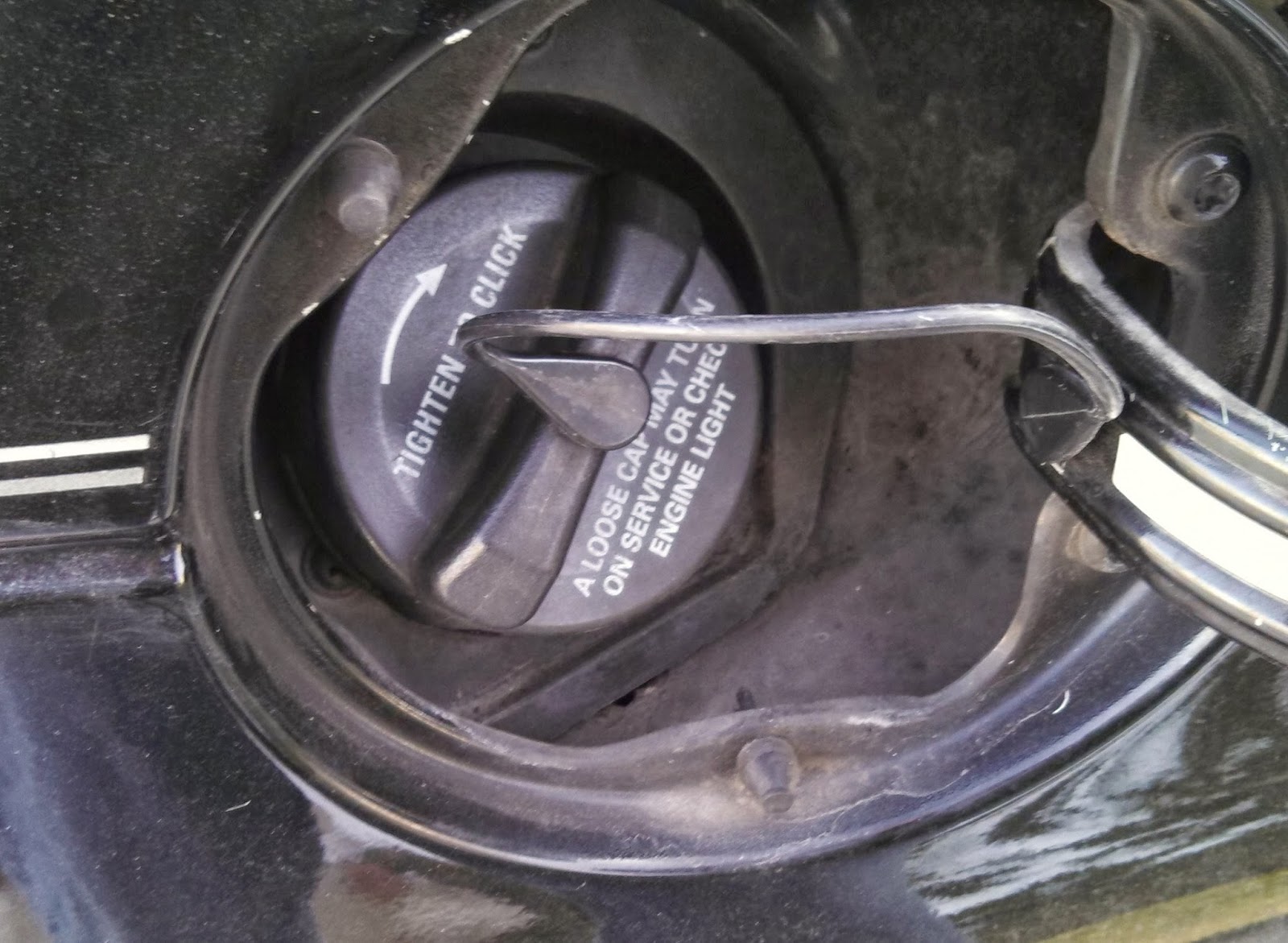Check Engine Light On? A New Gas Cap Might Be the Answer
That dreaded yellow glow on your dashboard – the check engine light – can be a source of immediate stress. What’s wrong? How much will it cost? Before you panic and rush to the mechanic, consider a simple, often overlooked possibility: your gas cap. It might seem insignificant, but a faulty gas cap can trigger that ominous light and lead to more significant problems down the road.
The question “Will a new gas cap fix check engine light?” is surprisingly common. Many drivers experience this issue, and the connection between a faulty gas cap and an illuminated check engine light isn’t always obvious. This article will explore the relationship between your gas cap, your car's evaporative emissions system, and that sometimes perplexing warning light.
The gas cap isn't just a simple lid; it's a crucial component of your vehicle's evaporative emissions control system (EVAP). This system prevents gasoline vapors from escaping into the atmosphere. A loose, cracked, or missing gas cap breaks the seal, allowing these vapors to escape. The car's computer detects this leak and triggers the check engine light.
The EVAP system plays a vital role in protecting the environment and maintaining your vehicle's performance. By preventing fuel vapors from escaping, the system reduces air pollution and helps improve fuel efficiency. A properly functioning gas cap is essential for the EVAP system to operate effectively.
The importance of addressing a check engine light related to a gas cap issue cannot be overstated. Ignoring the problem can lead to more serious issues, including failed emissions tests, reduced fuel economy, and potentially damage to other components of the EVAP system, resulting in costly repairs.
Tightening or replacing a faulty gas cap is a simple and inexpensive solution that often resolves the check engine light issue. After replacing the gas cap, drive your car for a few days. In many cases, the check engine light will turn off automatically once the computer detects that the leak has been fixed.
Benefits of fixing a faulty gas cap include: cost savings (avoiding unnecessary repairs), environmental responsibility (reducing harmful emissions), and improved fuel efficiency.
Action Plan:
1. Check your gas cap: Ensure it's tightly secured and not damaged.
2. If damaged, purchase a new gas cap specifically designed for your car model.
3. After replacing, monitor the check engine light.
Advantages and Disadvantages of Replacing a Gas Cap
| Advantages | Disadvantages |
|---|---|
| Inexpensive fix | May not solve the problem if the issue is not the gas cap |
| Easy to install | Requires some diagnostic effort to confirm the gas cap is the cause |
| Reduces emissions |
Best Practices:
1. Always tighten your gas cap until you hear a click.
2. Regularly inspect your gas cap for cracks or damage.
3. Purchase OEM or high-quality replacement gas caps.
4. Don't overtighten the gas cap, as this can cause damage.
5. If the check engine light persists after replacing the cap, consult a mechanic.
FAQs:
1. Q: Will a new gas cap fix check engine light immediately? A: No, it can take several driving cycles for the light to reset.
2. Q: How do I know if my gas cap is the problem? A: A visual inspection and checking for a loose cap is the first step. A mechanic can diagnose the specific issue triggering the light.
3. Q: Can I drive with a check engine light on? A: It's best to have it checked as soon as possible, as it could indicate a more serious problem.
4. Q: How much does a new gas cap cost? A: Gas caps are relatively inexpensive, typically ranging from $10 to $30.
5. Q: Will any gas cap work for my car? A: It's important to use a gas cap specifically designed for your car's make and model.
6. Q: How often should I replace my gas cap? A: Replace it if it's damaged or if you have trouble getting a tight seal.
7. Q: Can a loose gas cap cause my car to fail emissions testing? A: Yes, a faulty gas cap can lead to increased emissions and a failed emissions test.
8. Q: Can I reset the check engine light myself? A: While you can sometimes reset the light with a code reader, it's best to address the underlying problem.
Tips and Tricks
Mark your new gas cap with a date to track its age and potential wear.
In conclusion, a new gas cap can often resolve a check engine light issue, especially if the original cap is loose, damaged, or missing. This simple and cost-effective solution can save you money on repairs, reduce emissions, and improve fuel efficiency. By understanding the crucial role your gas cap plays in your vehicle's EVAP system, you can take proactive steps to maintain your car’s performance and protect the environment. However, remember that a check engine light can indicate various problems. If replacing the gas cap doesn’t resolve the issue, it's essential to consult a mechanic for a proper diagnosis and repair. Don't ignore that warning light – addressing it promptly can prevent more significant and costly issues down the road. Take control of your car’s health and your peace of mind by addressing the check engine light promptly and thoroughly.
Flourless freedom kuchen ohne mehl backen decoded
That annoying popping noise when you turn whats going on
Married at first sight chapter 787









